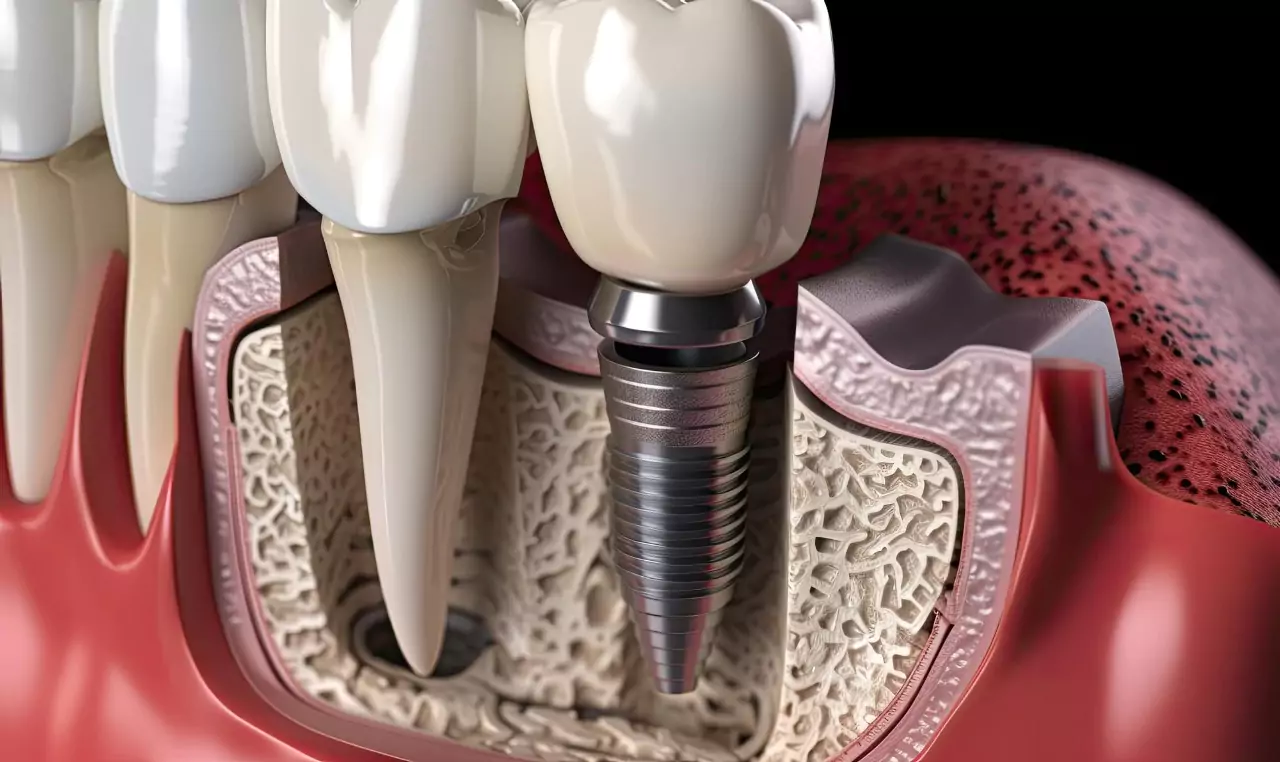
Advancing Endodontic Treatments: The Evolution of Root Canal Therapy
Let’s take a look at the history of root canal therapy over the years.
Introduction: It is usually terrifying when doctors suggest root canal therapy. Patients have the misconception that having root canal therapy will be a painful process, but delaying it could make things worse Root canal therapy is a dental procedure where an infected tooth is treated to cure severe pain. The purpose of a root canal treatment is to remove infected or inflammatory pulp from inside teeth. The tooth is then meticulously cleaned, disinfected, filled and sealed. The goals of root canal therapy are to save the natural tooth, stop the infection from spreading and eradicate bacteria from the infected root canal. When you require root canal therapy, you don’t need to worry because millions of people are receiving treatment, which lessens excruciating pain and allows them to speak, chew, and smile with energy. In early times, when technology had not evolved, ancient people used to do the procedure using bronze wire, which led to immense pain. And after that, people used herbs, honey, cautery, extractions, and filled stones and metals as fillings, which are, of course, not effective and lead to severe pain. As technology and advancements in digital dentistry evolved, root canal procedures could be done with ease and precision. The procedures became simple to handle with 3D printing of the teeth and use of essential tools like root canal explorers, excavators, barbed broaches, files and reamers, gates glidden drills, peeso reamers and ultrasonic instruments. The procedure will be painful, but the advantages of saving the natural tooth through root canal treatment helps you maintain your natural smile, continue eating foods you love, limits the need for ongoing dental work which saves a lot of money and mostly prevents tooth ache. To make your root canal therapy easy with advanced instruments, make sure you contact dental materials and product suppliers in Kerala, iDentals. Check out our service for all the necessary equipment for your dental needs.
Evolution over the years till now:
Historical Roots: The ancient civilizations enforced primitive means of root canal treatment, but the real advancement was based on 19th century research. Early techniques often involved crude instruments and lacked effective pain management, leading to limited success rates.
Introduction to Modern Techniques: The 19th century saw developments in the anaesthesia area and sterilisation procedures that allowed root canal therapy to become less painful for patients. Dr. Edwin T. Abbott and Dr. William D. Miller were among the pioneers who refined techniques and instruments, laying the groundwork for modern endodontics.
Development of Endodontic Instruments: The metals represent a watershed in the advancement of endodontic instruments and NiTi instruments were introduced in the late 1900s. These files are more flexible and resistant to fracture, allowing for more efficient cleaning and shaping of the root canal system with a reduced risk of procedural errors.
Advances in Imaging Technology: Digital radiography, cone beam computed tomography (CBCT) and intraoral cameras make the diagnostic process more dynamic and precise in endodontics. CBCT, in particular, provides detailed 3D images of the tooth and surrounding structures, aiding in accurate diagnosis and treatment planning, especially in cases with complex anatomy or pathology.
Regenerative Endodontics: Regenerative methods go beyond root canal treatment in the traditional sense by working on the recovery of vitality and stimulating tissue regeneration of the pulp. Procedures such as pulp revascularization and platelet rich fibrin (PRF) therapy harness the body’s natural healing mechanisms to repair damaged tissue and restore function.
Minimally Invasive Approaches: Minimally invasive endodontics highlights the salvaging of tooth structure and is then able to offer excellent treatment of the root canal system. Ultrasonic and laser assisted techniques are very gentle on tissues and cause less postoperative pain as compared to conventional methods. Furthermore, they promote faster healing of the extracted tissues.
Integration of Digital Dentistry: Digital technologies, CAD/CAM systems among them and 3D printing have made the endodontic treatment process much smoother and more precise. Digital technologies such as “3D printing” of custom-made products reduce cost and enhance convenience, making it possible to carry out intricate surgeries that require surgical interventions.
Also Read: Streamline Dental Radiography with Eco 30 self-developing X-ray and Dontics instruments.
Conclusion: With the continuous implementation of improved technologies, materials and techniques, root canal therapy has undergone a tremendous change throughout the years. Endodontic treatment has multiple benefits. Thanks to today’s methods, most dentists produce successful results with no or minimal discomfort for their patients. In the future, with ongoing research and technological advancement, endodontics will, not just preserve natural teeth but also improve the standards of care for patients. By studying the evolution of root canal therapy through this blog, you will understand the need for advanced instruments in the dental field for procedures like root canal therapy. The iDentals, top dental equipment supplier in Kerala, is here to provide all the necessary tools for dental procedures, which include both high and low risk procedures. By using these instruments, dental procedures will be simplified and easier to handle. With no risk factors, you can do root canals or any other treatment with ease, promoting overall oral health. Discover dental material and product suppliers in India for mandatory tools for your dental procedural needs.



